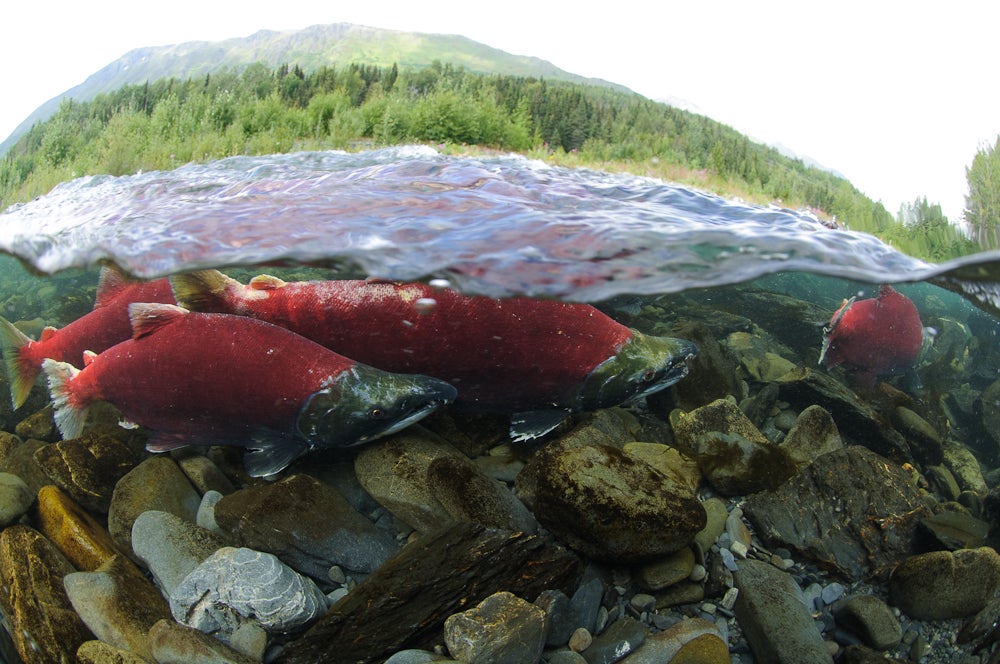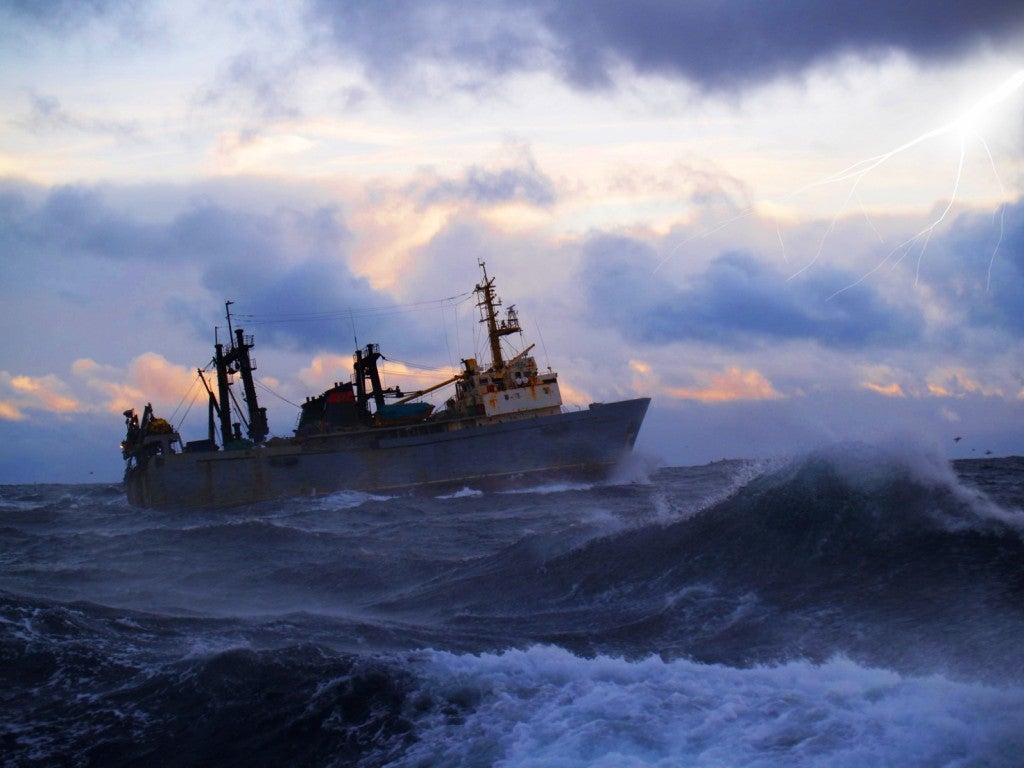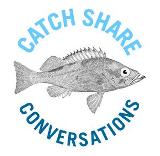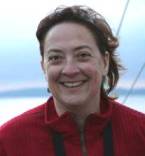Reprinted with permission from SEAFOODNEWS.COM
SEAFOOD.COM NEWS [seafoodnews.com] – December 10, 2010 – Alaska’s Bering Sea crabbers are calling the catch share program that has been operating in their crab fisheries since 2005 an “unqualified success.”
This assesssment came in a five-year review of the catch share program by the North Pacific Fishery Management Council which is meeting in Anchorage.
Prior to catch shares, hundreds of boats would race to load up with crab in wild winter conditions in a fishery that would lasting mere days or weeks. Under the catch share system, each vessel has a set amount of crabs to catch during extended seasons.
Crabbers claim their “grounds truth” proves that the new way of crab fishing is achieving the goals set out by managers and industry five years ago.
The problems associated with the crab fishery were identified in 2002 as resource conservation, reducing bycatch, excess harvesting and processing capacity, economic instability, high loss of life and injuries. The results of the five-year review released last month by Council staff concluded that the Bering Sea/Aleutian Islands Crab Catch Share Program is performing better than expected in reaching its objectives.
The report also said remaining crew positions in the crab fisheries are more stable, and crew generally make better pay under the catch share program.
Crabbers were pleased with the review findings, said Edward Poulsen, director of Alaska Bering Sea Crabbers, a trade group representing 70% of the vessels fishing crab in the Bering Sea.
“From the harvesters’ perspective, we feel the catch share program has met or exceeded expectations in delivering against the problems it was intending to solve,” Poulsen said.
Notably, the Bering Sea crab fisheries have gone from being the deadliest catch to the safest catch.
Arni Thomson, director of the Alaska Crab Coalition said: “We lost 85 crabbers between 1989 and 2005, an average of 5.3 men per year. Since then, there has been one fatality and no vessel sinkings. The catch share program has saved 25 lives so far.”
Crabbers say the slower paced fishery is far more eco-friendly, with less impact on the crab and their habitat. Pot usage in the red king crab fishery, for example, has gone from 50,000 to 12,000 pots, a 76% reduction. By fishing more strategically, the crab fleet uses far less fuel, cutting its carbon footprint by more than half.
Poulsen said the catch share program encourages being “co-operators instead of cutthroat competitors who all benefit by working together”.
 By Rod Fujita and Merrick Burden
By Rod Fujita and Merrick Burden









 NPR’s Planet Money
NPR’s Planet Money 
 The latest issue of
The latest issue of